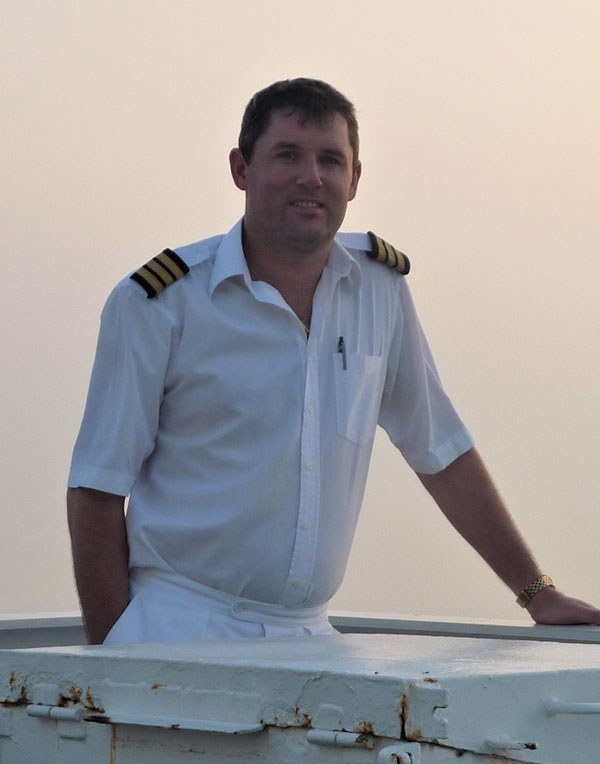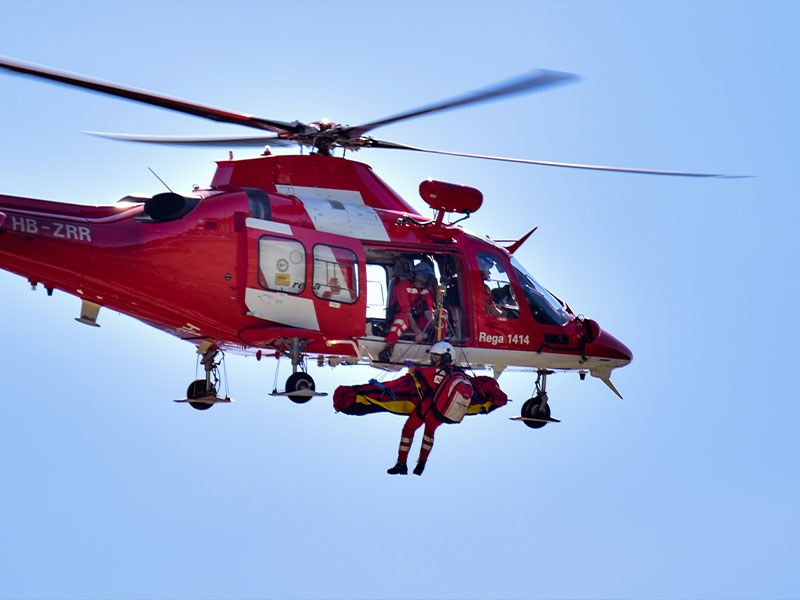Be prepared: training for a maritime medevac can help save lives
“Most ships only have trained first aiders on board and when people have been seriously injured or are very ill, they need proper medical care."
Shipping – whether it’s commercial fishing or container transportation – is recognised as one of the world’s most dangerous industries. Vessels are hazardous by the nature of their design; many on-board operations involve potential risks; and the marine environment is known to be harsh and unpredictable.
Seafarers, therefore, need to be prepared to deal with injuries involving crewmates, and not just in terms of providing first aid or medical assistance. Being able to effectively organise and prepare for a complex ship to shore evacuation could make a huge difference in an emergency where time is of the essence.
Statistics from the UK Department for Transport show that 265 of the 2,229 taskings carried out by its search and rescue (SAR) aircraft in 2020 were conducted more than three nautical miles from the shore, and that 178 of these involved a medevac.
A paper to the International Symposium on Maritime Health on maritime medevacs co-ordinated over a five-year period by Russian authorities showed 205 rescues involving SAR aircraft and other commercial vessels.
It also highlighted that medical emergencies are not always the result of accidents. Around a quarter of the medevacs were arranged as a result of illness such as heart attack, stroke, poisoning or acute abdominal pain.
Gareth Mathias, one of Mintra’s subject matter experts involved in the creation of several new titles in our recently expanded maritime eLearning library, knows just how critical it is to be prepared for medical evacuations.
He has written the content for our Medical Evacuation eLearning course, using his many decades of experience as a seafarer and offshore worker to ensure it is relevant and realistic to onboard operations.


Have you ever experienced a medevac situation?
Yes, many times. I have seen a few medevacs at sea by winch method - one person with appendicitis and another with a suspected heart attack. I also have first-hand experience, having once had to be medevaced myself. This involved a transfer to another vessel to see an onshore doctor, due to a case of severe food poisoning.
While I was offshore, we had a few medevacs to deal with. However, these were significantly easier than those I experienced in shipping. Working on an oil and gas platform you are generally much closer to land and have a designated helideck for the aircraft. Few ships will have a helideck, so winch method is the norm.
In relation to the incidents you were involved in, how could they have been altered by a better understanding of the subject?
As far as the incidents at sea go, then I think a better understanding of helicopter operations would have been helpful, especially in relation to casualty transfer, stretcher and so on.
Are medevacs relatively common in the maritime industry?
Yes, very much so. Most ships only have trained first aiders on board and when people have been seriously injured or are very ill, they need proper medical care. It’s important to get them transferred as quickly and as safely as possible. Sometimes that will involve a helicopter, and sometimes that will involve transfer to another ship.
What is the general attitude to medevac training in the maritime industry?
I would say that it is okay but, as ever, there is room for improvement. All ships must carry medical equipment and a designated person responsible for issuing drugs is advised, but there is no specific training to the level there is for firefighting, sea survival and so on.

“The course provides a concise awareness of medical evacuation operations and allows a good visual impact for those not aware or with little experience."
What are the main things that seafarers need to be aware of in relation to medical evacuation?
Seafarers should be aware of what equipment is on board and how to use it effectively, with awareness for the safety of the casualty. The equipment on board often differs from ship to ship.
Also, in relation to helicopter operations, there are lots of little actions that can have an impact. For example, crew should always allow the aircraft to earth to the ship first before touching the winch wire when it is lowered to the deck. The helicopter will create a build-up of static electricity, so if you touch the winch wire before it earths, you will get a jolt similar to touching an electric fence.
A medevac by winch method is a very complex operation which requires a great deal of skill from the aircrew. It’s really important that seafarers play their role effectively and work with the helicopter crew to achieve the best outcome. This video of a winch rescue from a container ship of the US coast during thick fog shows how challenging it can be.
What can the industry do to support operations around medical evacuations?
More effective awareness and training, and promotion of regular drills on board.
How can this course improve things?
The course provides a concise awareness of medical evacuation operations and allows a good visual impact for those not aware or with little experience.
Can you recommend any other resources that would support further learning on this topic?
The fifth edition of the International Chamber of Shipping Guide to Helicopter/Ship Operations is well worth reading. It highlights the technical aspects of medical evacuations and is written for both those in the air and those at sea.
Insights & News
At Mintra, we're so much more than just a team—we're a force driving innovation and excellence in maritime training across Europe.
We’re excited to be taking the stage at one of Europe’s leading showcases of organisational learning.
We are delighted to share the exciting news that our People and Culture team has been shortlisted for the prestigious cHeRries Awards!